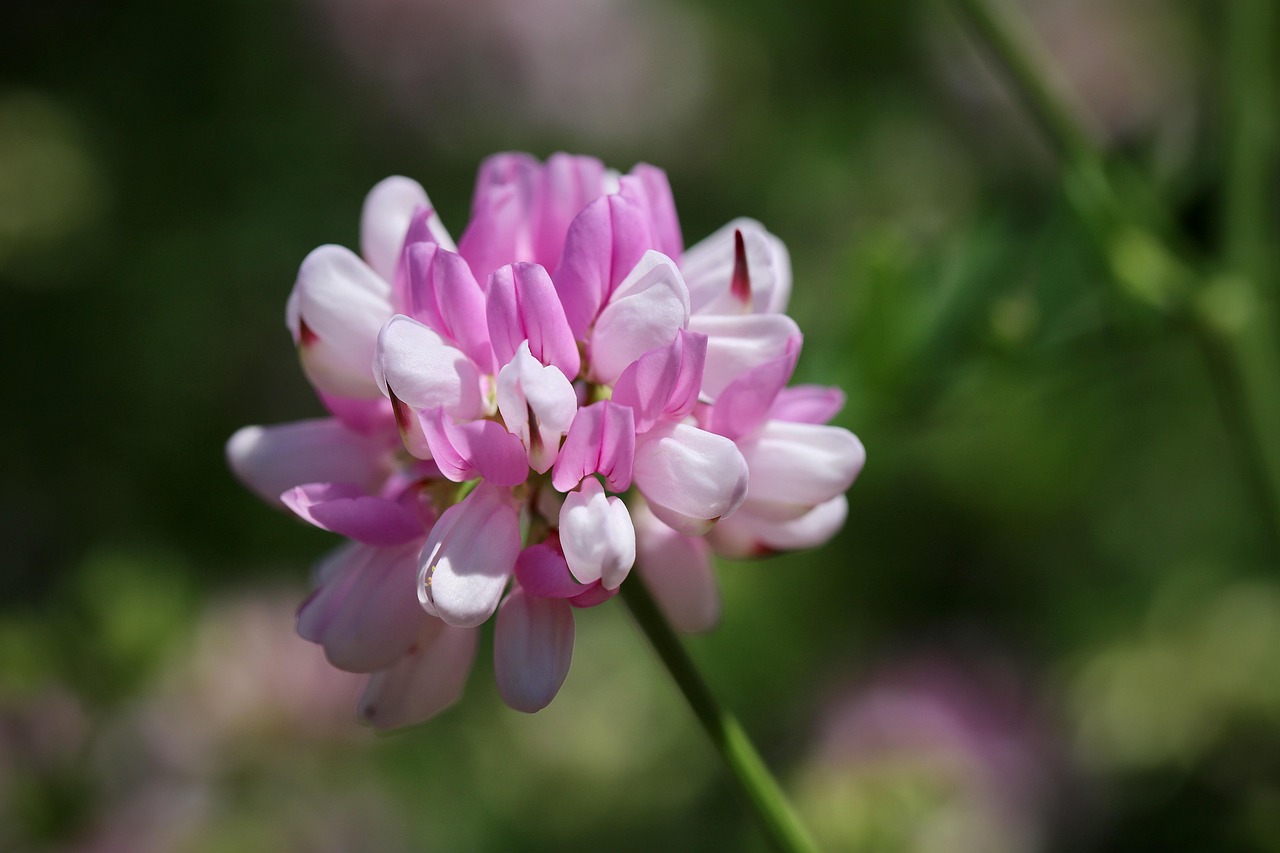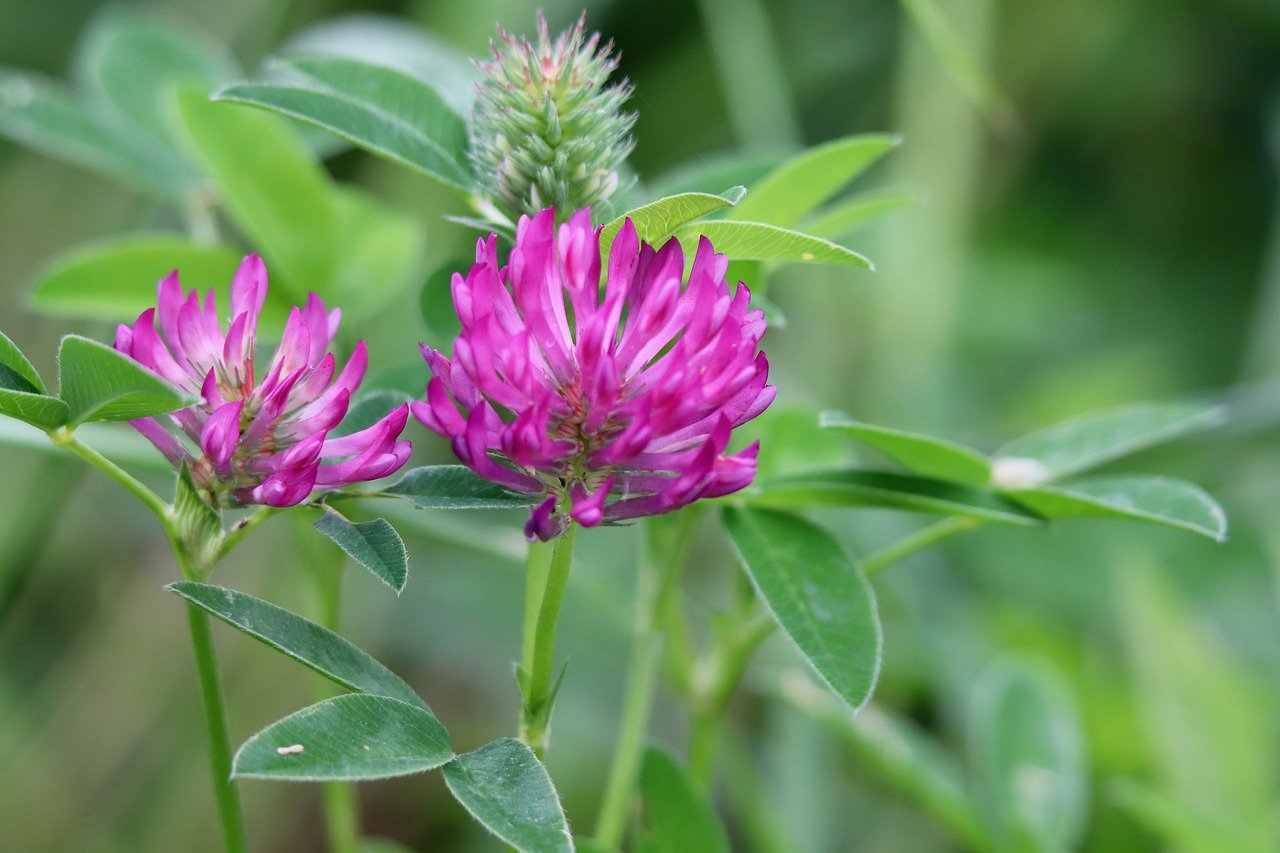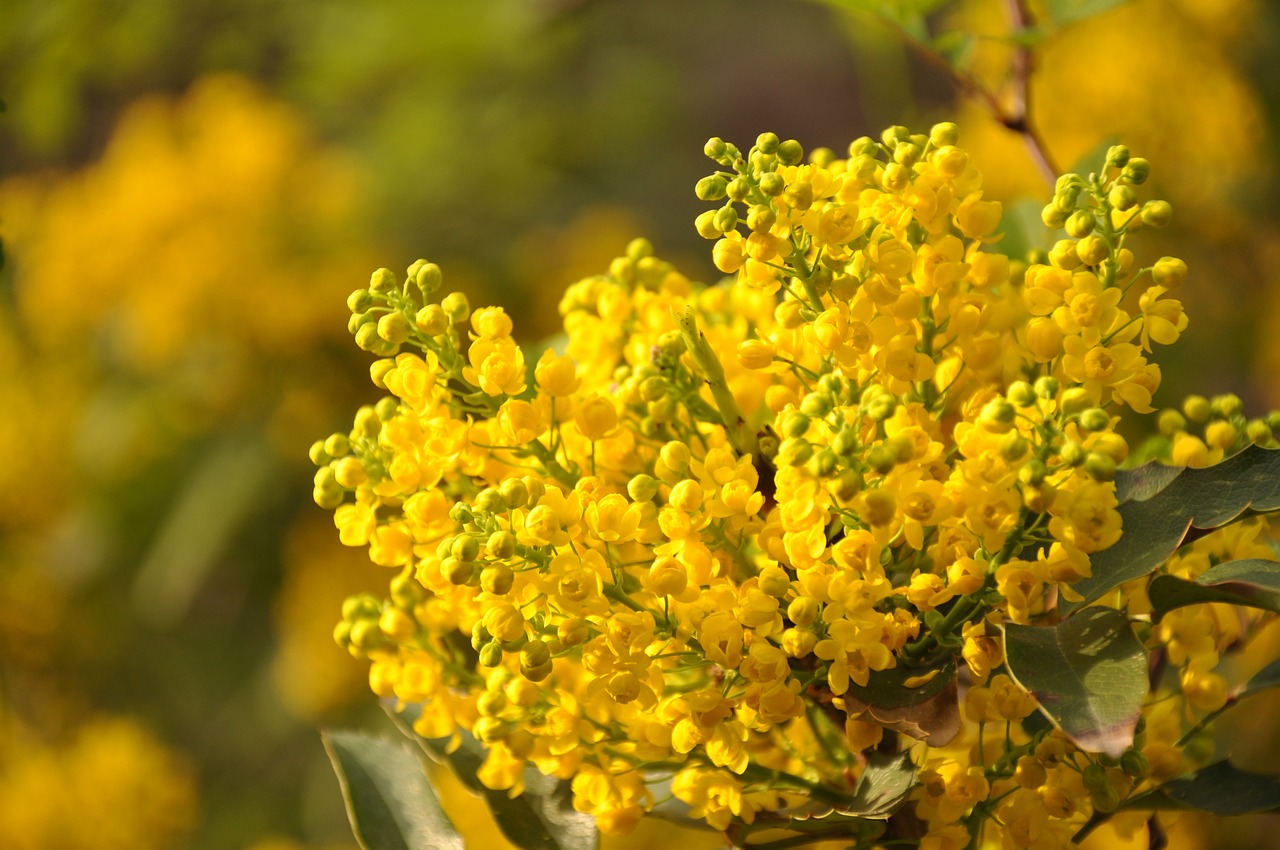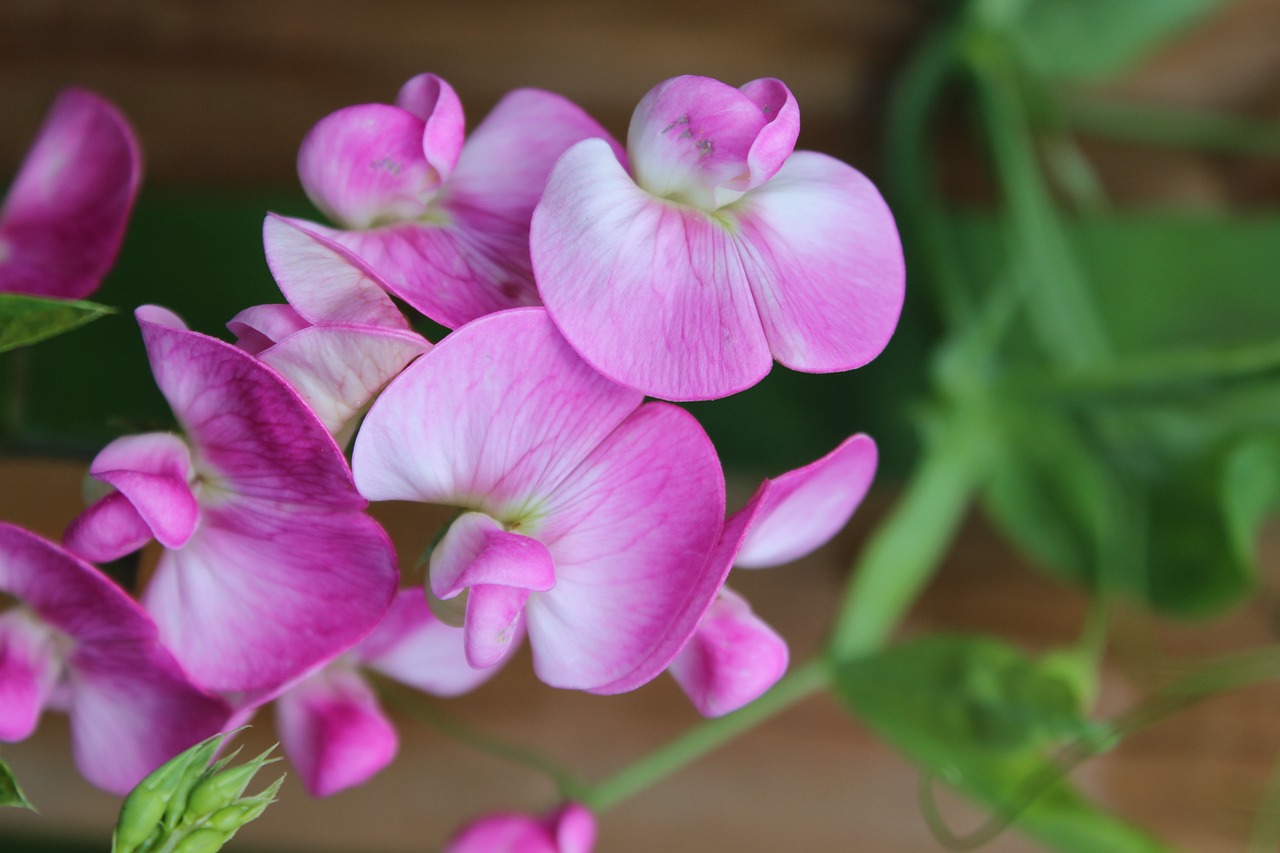Black Locust | An Introduced Tree That Contributed to Greening and Urban Landscapes in Modern Japan
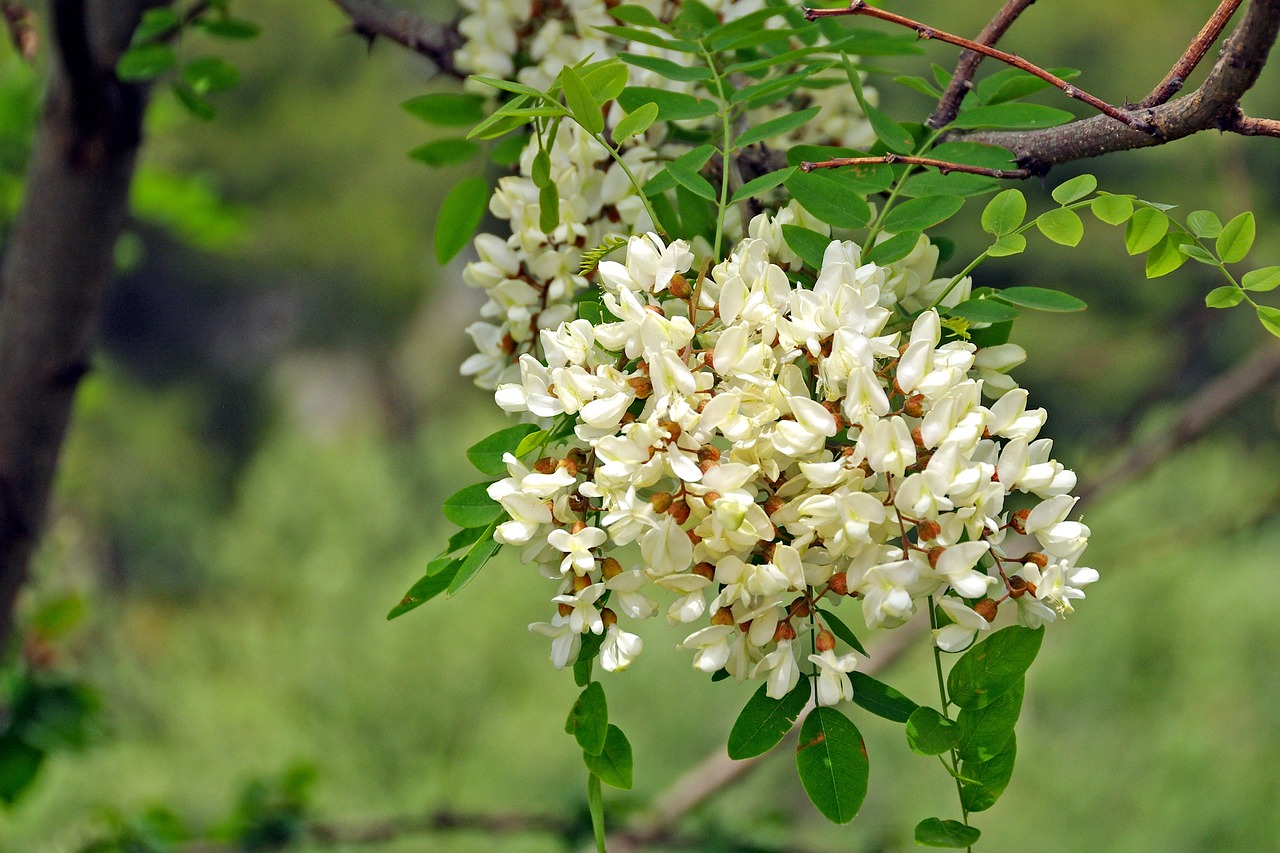
The black locust is a deciduous tall tree belonging to the Fabaceae family, native to North America.
Characterized by its fragrant white flowers that bloom in early summer and its vigorous growth, it is now widely planted around the world as a street tree, park tree, or windbreak.
Introduced to Europe in the early 17th century, the species has since contributed to both urban and rural landscapes thanks to its adaptability and aesthetic value.
In this article, I will explain not only the basic information about the black locust but also its cultural and historical background, as well as key points for cultivation.
Basic Information
- Scientific name: Robinia pseudoacacia
- Family: Fabaceae
- Origin: North America (around the Appalachian Mountains)
- Appearance: The tree reaches a height of 10–25 meters, sometimes even taller. Its pinnate compound leaves have a soft texture, providing lush greenery from spring through autumn. In early summer, clusters of fragrant white pea-shaped flowers cover the tree, creating a beautiful hazy-white appearance.
- Flowering season: May–June
Cultural Characteristics Around the World
In Europe, the black locust—known as acacia faux in French—has long been valued as an important species for urban landscapes.
In France, tree-lined boulevards and town squares are adorned with white flower clusters in early summer, filling the air with a sweet fragrance. This sight is so integrated into everyday life that in some regions, the tree is considered a harbinger of the season.
In Germany, the black locust has been treasured as a shade tree in beer gardens. Its broad leaves create cool shade in summer, while its deciduous nature allows for fresh airflow in autumn, making it ideal for outdoor gatherings.
In Eastern Europe, particularly Hungary and Bulgaria, rows of black locusts have been planted along village boundaries and farmland edges, serving as windbreaks and stabilizing soil.
In Japan, the tree was introduced during the Meiji era and has been widely planted as windbreaks and street trees, especially in Hokkaido and the Tohoku region. Its adaptability to cold climates has allowed it to thrive in parks and along riverbanks nationwide.
Historical Anecdotes
The introduction of the black locust to Europe dates back to 1601. Jean Robin, a royal gardener and botanist, brought seeds from North America and planted them in the Jardin des Plantes in Paris.
One of these original trees still stands near the Church of Saint-Julien-le-Pauvre in Paris, regarded as the “oldest black locust in Europe.”
In 19th-century America, the species was also highly valued for its practical uses. During the era of westward expansion, it was widely planted along railroads and farmland as windbreaks and sandbreaks, thanks to its rapid growth and resilience in poor, dry soils.
From there, it spread further across Europe, Asia, and Africa, and today remains a common ornamental and functional tree worldwide.
Gardening Advice
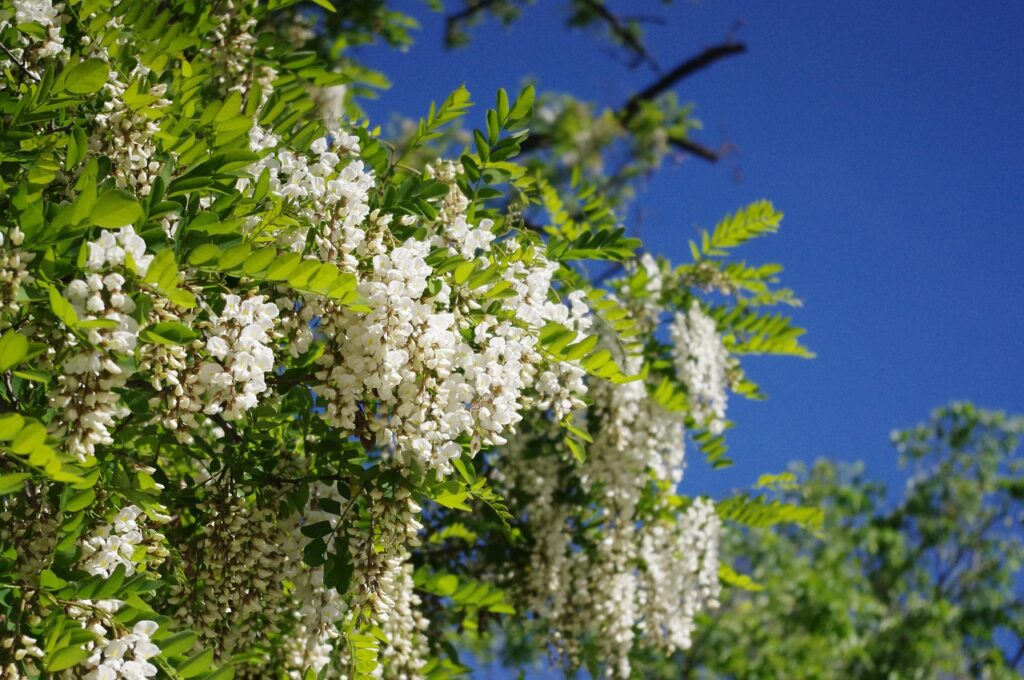
The black locust is best suited for large spaces and urban planting. For private gardens, ample space and careful management are required.
Sunlight
Prefers full sun; abundant light enhances flowering and growth.
Watering
Regular watering is needed during establishment, but once rooted, rainfall alone is sufficient. Excessive moisture should be avoided to prevent root rot.
Soil
Well-drained, aerated soil is ideal. It tolerates dry or poor soils without special amendments.
Pruning
Due to its vigorous growth, regular pruning during the dormant season helps manage shape and improve the following year’s structure.
Support and Transplanting
Young trees should be staked in windy areas. Transplanting is best done in late autumn to winter after leaf fall.
Precautions
The strong roots may affect nearby structures or pipes. Branches have thorns, so protective gloves should be worn during pruning.
Conclusion
Although native to North America, the black locust has become beloved across the globe.
Its introduction and expansion serve as an excellent example of how plants adapt and integrate into urban landscapes and local societies.
In France and Germany, it is valued as a cultural landscape tree, while in Japan, it has contributed to windbreaks and urban greening.
With proper knowledge and management, it continues to harmonize with public spaces and regional scenery, ensuring its presence in landscapes around the world.

